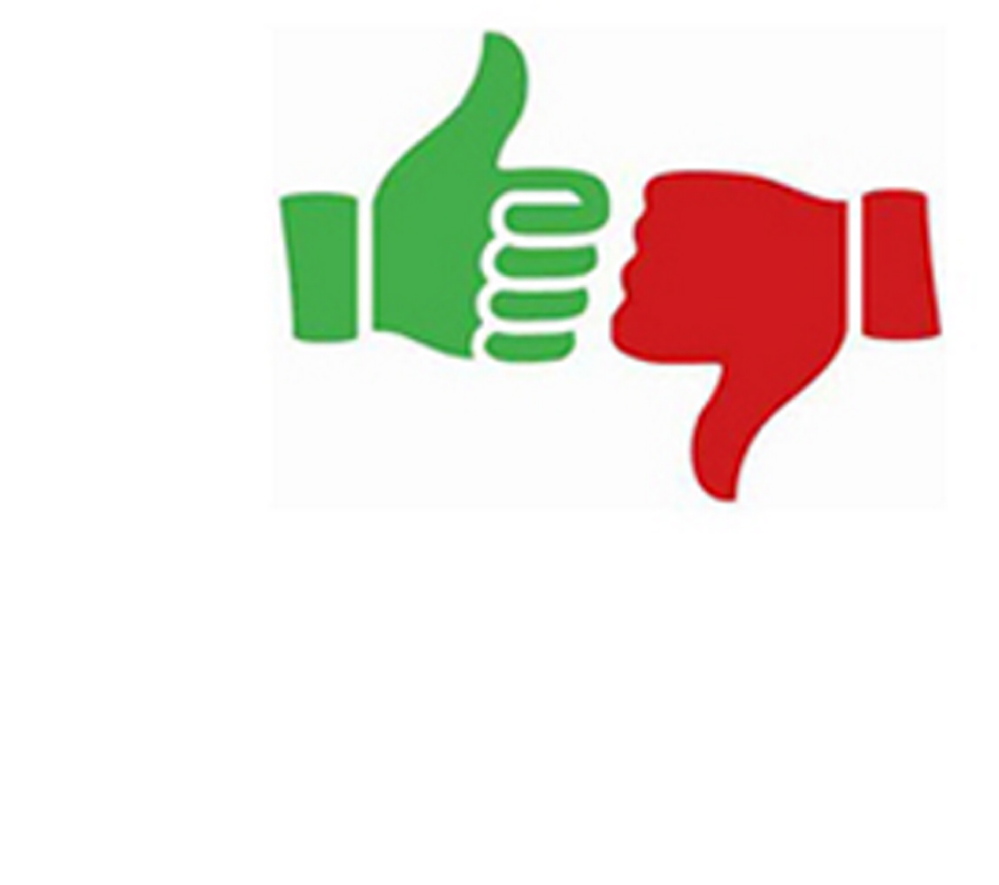THUMBS UP to the Maine Department of Labor’s Hire-A-Vet campaign, which began Sept. 7 and aims to coax at least 100 employers to hire a total of at least 100 veterans in 100 days.
According to the department, Hire-A-Vet will help bring attention to the specific challenges of veteran unemployment and provide support for employers, “including recruiting, hiring, assimilation and retention.”
The effort comes on the heels of a number of national transition and employment initiatives that have helped bring the U.S. unemployment rate for veterans of the post-9/11 wars from a peak of 12 percent in 2011 to 4.7 percent last month, the lowest since the U.S. Department of Labor began tracking that particular population.
However, the unemployment rate for young veterans, particularly those under the age of 24, remains significantly higher than the overall rate. In Maine, labor officials say the rate of unemployment for young veterans is 10 percent to 12 percent.
That mirrors the overall unemployment rate for that age group, but given the enhanced skill sets and work ethic offered by veterans, it makes sense to target them specifically as an underused asset for Maine businesses.
There is also evidence that veterans suffer from underemployment more than other employees, and that unemployment has an outsized impact on veterans’ health and wellbeing.
Veterans often find it difficult to show how the expertise gained in the military translates to civilian life. They can be frustrated in having to pay for costly and time-consuming certifications proving skills they already demonstrated beyond a doubt, and in a war zone no less.
And they can face employers unsure about how veterans fresh out of the regimented military and often recently returned from an overseas assignment will adjust to a regular workplace.
Initiatives such as Hire-A-Vet can help veterans overcome those challenges, and in doing so put veterans to work while introducing valuable experience and talent into the Maine workforce.
THUMBS DOWN to a report showing the impact on the environment of “microbeads,” tiny plastic pieces added to personal care products such as toothpaste and face wash to increase scrubbing action,
Microbeads are a pollutant. According to a new study published in Environmental Science & Technology, up to 8 trillion microbeads flow into aquatic habitats every day in the United States. Another 800 trillion end up in stormwater runoff and can make their way to water as well.
The small plastic pieces, often carrying other toxic pollutants, then can be easily ingested by fish, birds, turtles and other animals, leading to all sorts of health issues, and contaminating our own food supply.
Maine lawmakers earlier this year passed a ban on synthetic microbeads that phases in over two years starting Dec. 31, 2017.
But microbead bans often don’t go far enough, or allow for exceptions that still allow the products to threaten the environment. In any case, evidence is strong for a national ban.
The trillions of these plastic pieces already in our water and food system aren’t going anywhere for a while, so we should do what we can to ensure that no more are added.
Send questions/comments to the editors.



Success. Please wait for the page to reload. If the page does not reload within 5 seconds, please refresh the page.
Enter your email and password to access comments.
Hi, to comment on stories you must . This profile is in addition to your subscription and website login.
Already have a commenting profile? .
Invalid username/password.
Please check your email to confirm and complete your registration.
Only subscribers are eligible to post comments. Please subscribe or login first for digital access. Here’s why.
Use the form below to reset your password. When you've submitted your account email, we will send an email with a reset code.